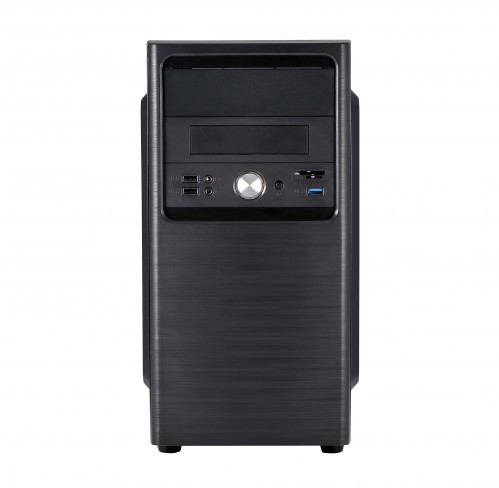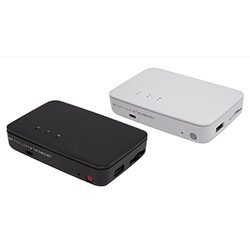Mobile devices have become useful tools for outdoor and classroom learning. Integrating mobile devices with teaching and learning has recently become common. This has advanced more in the past few years. Students can carry the devices to classes. They can also use them in other learning environments.
The devices are portable and have great computing power. It makes the teaching and the learning process easier. The devices also have context-sensitivity tools and wireless communication capabilities. This article discusses the effects of integrating mobile devices with teaching and learning.
The devices create elaborate designs of teaching and learning experiences
Mobile devices have great features. It includes instant communication and immediate access to information. They are also sensitive to the context of their usage. They have individualized interfaces for every person.
These features enhance the impact of some pedagogies. It includes formative assessment and inquiry learning. Yet, those features are not the only requirements for desirable learning effects. Researchers should identify the basis of integrating mobile devices with teaching strategies.
You may want to use your mobile device to write an essay or a dissertation. Finding an essay example online may inspire you to create the essays easily. For that, discover EduZaurus website. You will see how samples are a great option to enhance your writing skills. This essay help service is free and will teach you how to structure your essay up to the college standard. All you need to do is to find a suitable essay and study it well to have an idea of how to write.
Mobile devices empower education practitioners
Mobile devices have software capabilities and designs that empower educational practitioners. The students and teachers can have a good relationship. It can create a compatible, effective and efficient learning environment. Achieving that relationship requires an emphasis on research and practices.
The educational users have integrated the devices by expanding their use. They have pushed to strengthen their functions. They have modified the software programs to make them more functional. The teachers can enjoy the flexibility and flow of teaching and learning.
It can be done by integrating the devices into learning programs. It will help promote the teacher development programs. This makes it easier for the teachers to deliver content through mobile devices. A big challenge in making the learning programs effective is the inadequate preparation of teachers. Teachers must change the existing education programs. They should customize them to meet the specific needs of learners.
They enhance the quality of learning
Integrating mobile devices in learning makes the teacher-learner intervention duration longer. The technology can be integrated into the curriculum and simplify student assessment. The intervention duration can affect the validity and reliability of the learning programs.
It is not easy to measure the effects of mobile devices with short learning programs. Education could be effective due to the technology novelty experience. Short projects may fail to adapt well to ordinary classrooms.
A teacher may not use mobile devices in all classes. But different topics may need different instruction designs. They may need to include a trial process to establish the best procedure to produce good results. A good amount of learning units to create models can enable the teachers to be more effective. It helps when delivering the content to learners.
They enhance the practical lessons
A mobile device can compute and display personalized content. It helps to make it suitable to the specific needs of learners. It is easier to customize applications with newsreaders, search functions, and social networking. This provides practical tools for learning through mobile phones.
With the use of mobile devices, students can take part more in the learning process. This is because the process is engaging. It is also engaging and interactive through videos, polls, and surveys. A smartphone supports this kind of delivery easily. Learning through mobile devices provides opportunities to enhance education. It does this by combining it with traditional methods.
This learning approach is very effective. It is because the learners understand the importance of the smartphone in learning. There is another problem with the integration of mobile devices in practical lessons. It is due to the lack of standardization. Smartphones access different operating systems and hardware. So, keeping the learners on a common technological page is difficult.
Conclusion
Students and teachers continue relying on mobile devices for learning. The chalkboard and the traditional textbook approach remain inefficient to modern-day learners. Integrating mobile devices with teaching and learning should be done the right way. It can create better learning experiences. It makes educational practitioners more effective and enhances the quality of learning. It also creates elaborate designs in learning. It facilitates the efficiency of practical lessons.
















